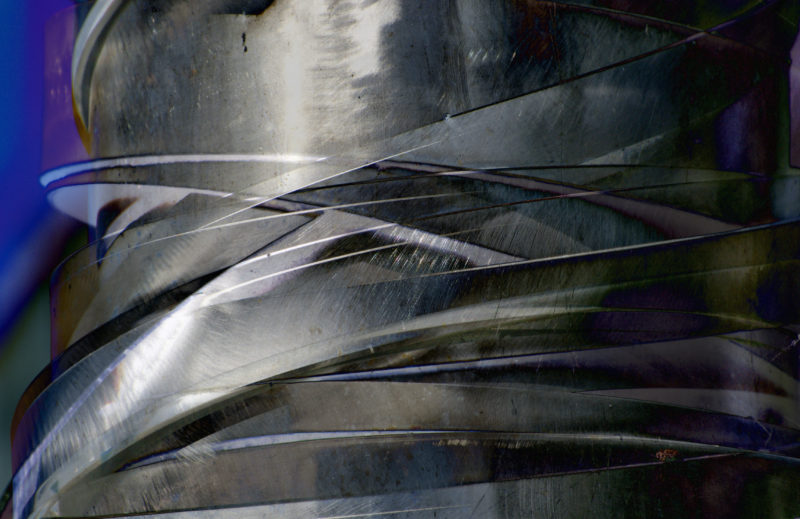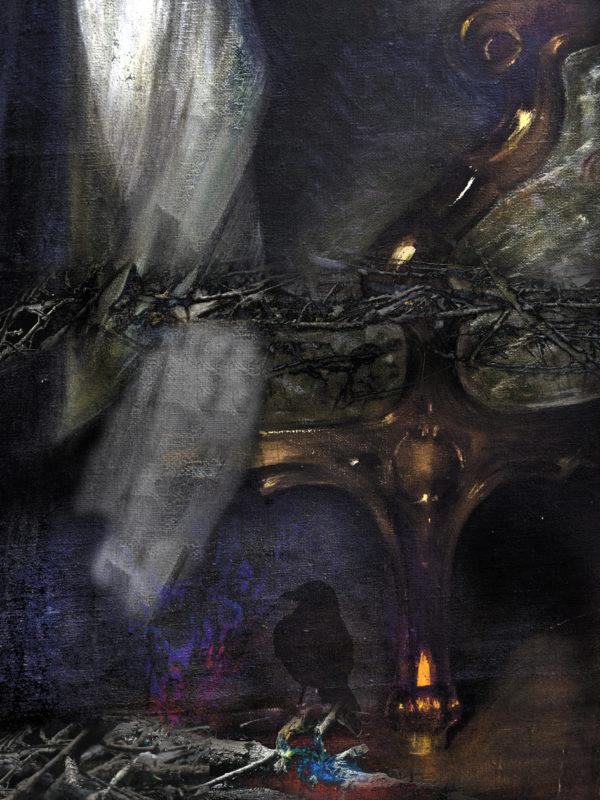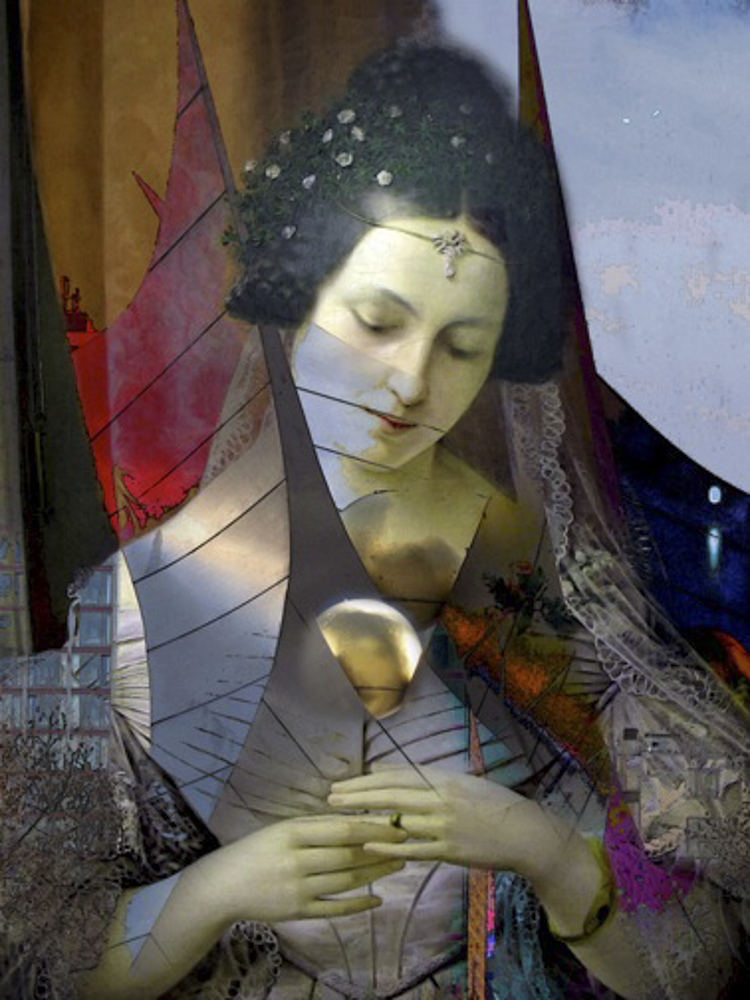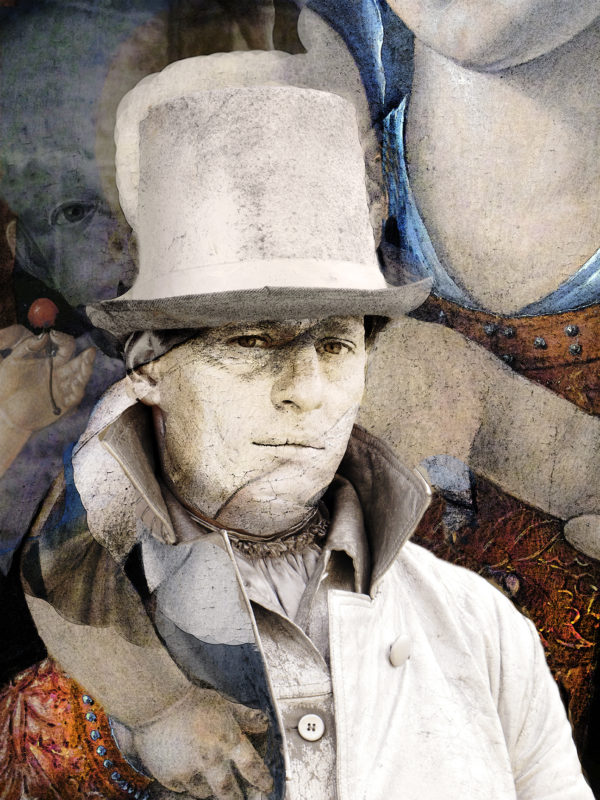My child could paint this!
· The Marla Olmstead Story ·

I remember childhood summers spent at the North Sea in Holland, mixing buckets of sand and water in just the right proportion to drip the mud through my fist, forming what looked like little pine trees. It was a visceral pleasure to grab and release that viscous mix onto the beach. When I look at a Jackson Pollock painting I often wish I could return to that state, using my hands with thick paint instead of mud.

Another favorite activity was raking patterns into the wet sand close to the waves, with expansive sweeps and twirls, running, freeing your body from the constrained movements urged on girls in polite company. I can almost feel my arm swinging again when looking at a Phillip Guston painting, a kinetic experience.

I wonder if the attraction of abstract art which allows not to think about “meaning,” for some of us, then, is the ability to re-live an experiential state. Art critic Harold Rosenberg claimed that painting for Pollock and other abstract expressionists was an event, the meeting with paint an encounter. Perhaps their paintings creates echoes of action rather than cognition in our perceptions, an emotional memory of earlier, freer times. In addition, some neuroscientists suggest that our brains have mirror neurons, which would show activation mirroring the movements of the painters when creating the work. These elusive neurons are a hotly debated topic across perception research; I, for one, still need convincing.
http://www.wired.com/2013/12/a-calm-look-at-the-most-hyped-concept-in-neuroscience-mirror-neurons/
And yet the very idea that a child could paint an abstract masterwork, or that those famous artists had reverted to a more child-like mode, has people question the validity of the art. The best example of this was an affair some ten years ago around a 4 year old child prodigy, Marla Olmstead. Taking the art world by storm with her abstract paintings and making big money, 60 Minutes eventually questioned her abilities and declared she had grown-up help, parents who enabled fraud. A subsequent documentary by Amir Bar Lev installed hidden cameras to catch her in the act, and discussed the media frenzy around it all, itself becoming some sort of exploitation. https://www.youtube.com/watch?v=j46V9wclBaw (The entire film is also available on youtube).
People were obsessed with finding out “the truth” – to what end? Would a child’s ability to create an abstract master work, devoid of cynicism, painted in child-like naiveté, really void the accomplishment of adults’ paintings? Is the very assumption that that might be possible an acceptable reason that so many people dismiss abstractionism? I’ll continue to explore this tomorrow.














































